Pole Tagging vs Pole Ranking
How to transform asset management in challenging times
Tagging of timber utility poles has for generations identified a pole, its inspection history, condition, treatment, and ultimately the risks associated with it. Tags have long served as an important communication tool for both health and safety and asset management in the field but a perfect storm for networks and asset owners is driving wholesale changes to the role of tags.
For several years now distribution networks have been weathering several destructive forces that have combined to create unprecedented challenges. Increasingly both victims and culprits in natural events such as wildfires and storms, risk profiles and maintenance costs are being pushed ever higher for networks. This is exacerbated by underlying aged and often under-maintained pole populations having reached a tipping point in condition that now threatens services and safety, and that for many networks is now beyond what funding and resources can deal with in a reasonable timeframe. Supply-side challenges weigh in also, with pole suppliers (and growers) struggling to meet increasing demand for replacement poles that are routinely now ‘over specified’ in what has been described by some as a ‘kneejerk’ response to future focused risk mitigation.
All of this has forced a rethink.
High on the priority list is dealing effectively with the liability associated with poles that are already condemned and tagged for replacement. Until recently this tag has served as THE datapoint on which maintenance and replacement policy and process is based. Looking behind the Tag, asset managers however find that the underlying information on which the tag is based is deeply subjective and inaccurate. The subjective and inaccurate nature of traditional pole inspections, sounding and drilling is old news, but in the current ‘perfect storm’ - greater importance is the realisation that tags offer nothing in being able to compare poles with each other or with themselves over time. Tags present no scalable solution for asset managers forced to reliably plan and prioritise limited field resources, capital expenditure or one replacement over another. Whilst being able to rank the condition of a network from best to worst (pole by pole) is the obvious answer, almost all poles that share the same tag ‘type’ are (at an asset management level) indecipherable from each other.
Pole ranking is by far one of the most common applications of adopting PHI™ as a standardised unit of condition measurement. PHI™ or ‘Pole Health Index™’ is objective and a highly accurate measure of the strength and serviceability of an entire timber pole from its buried base to its tip. Unlike methods like micro-drilling, measurement is 100% non-destructive, agnostic of the tester, test equipment and pole loadings and is done efficiently by way of a simple 60-second test. The resulting data can be ranked and characterised in real-time, putting real decision-making power back in the hands of asset managers and field crews.
For networks adopting PHI™ either within their own network or via their services partners and contractors, one common and incredibly costly statistic is being proven over and over. Nearly 30% of poles tagged for replacement in a network are in fact fully serviceable. In surviving this ‘perfect storm’ and in avoiding unnecessary pole replacement, asset managers release millions of dollars of badly needed budget to tackle pole and network risks elsewhere.
Talk to us now about how to recharacterize your tagged pole network using PHI™

